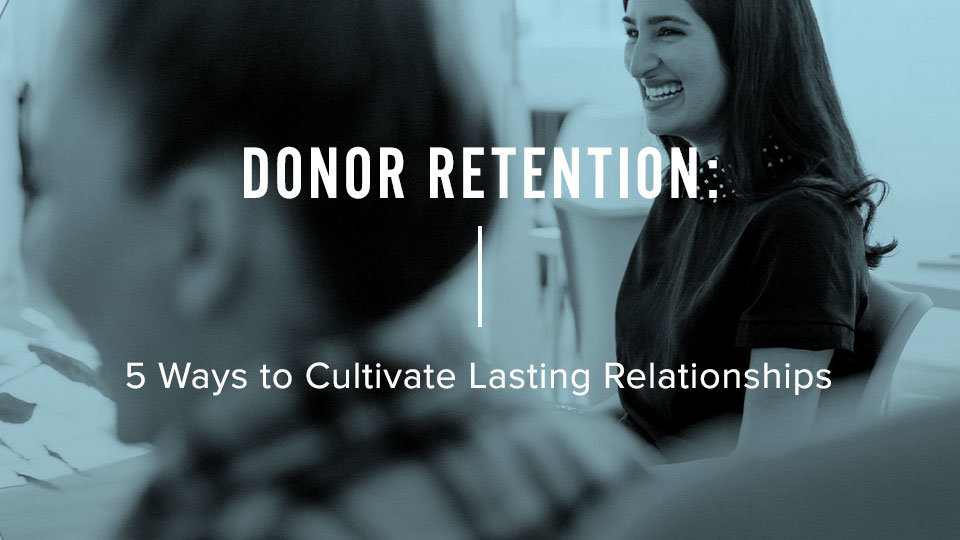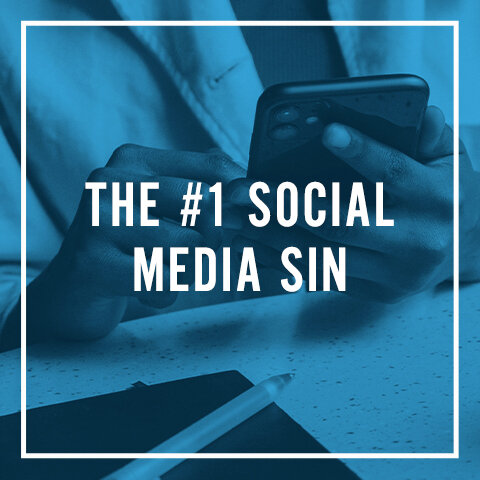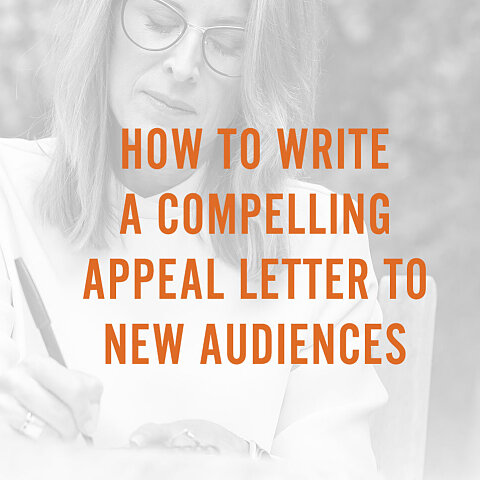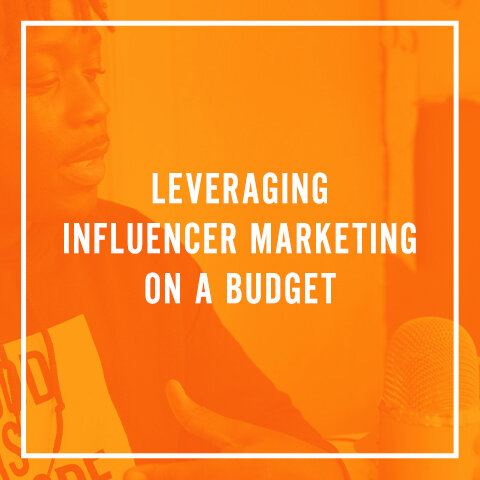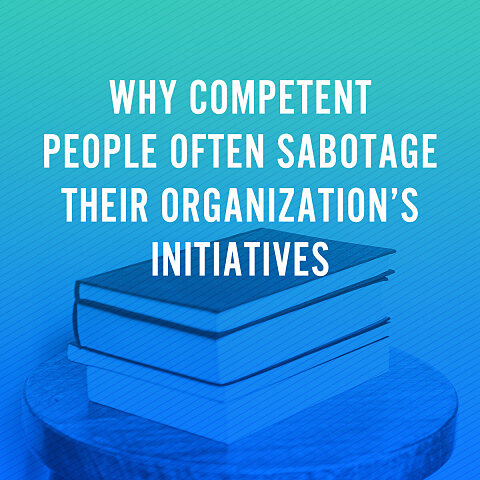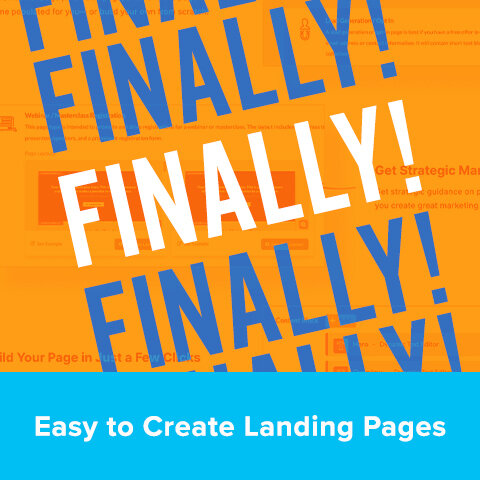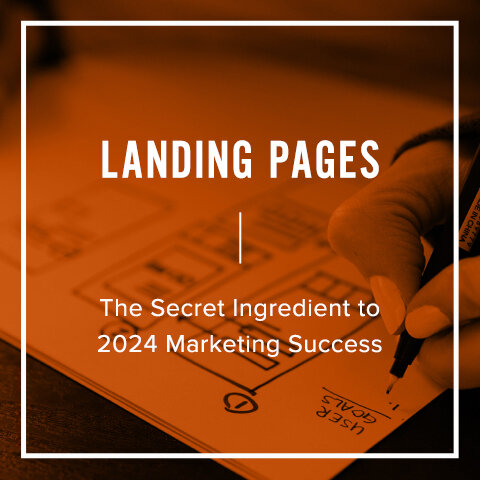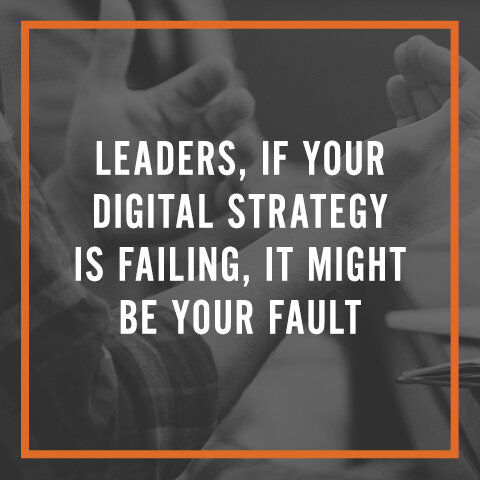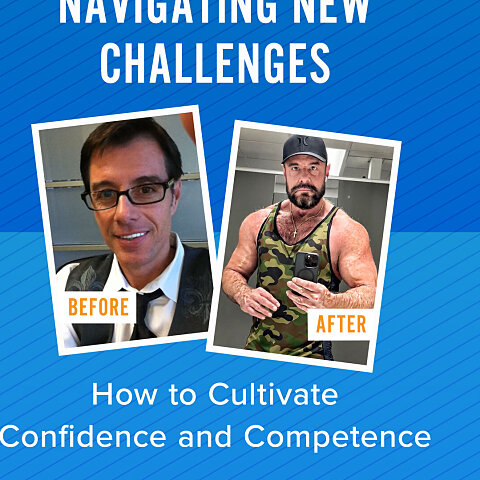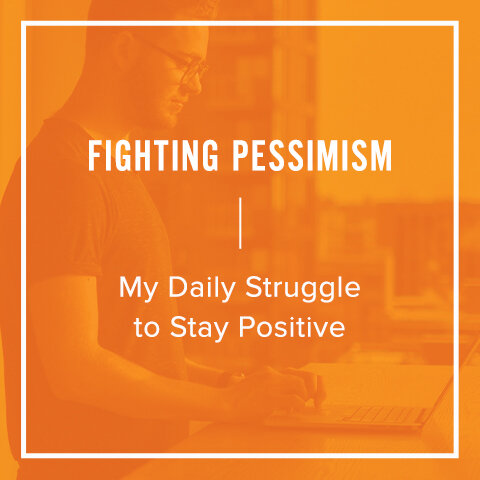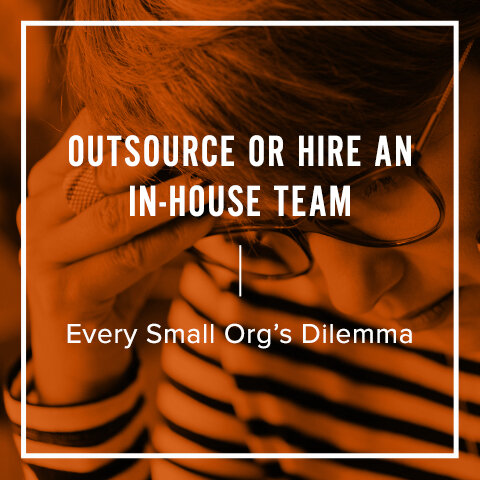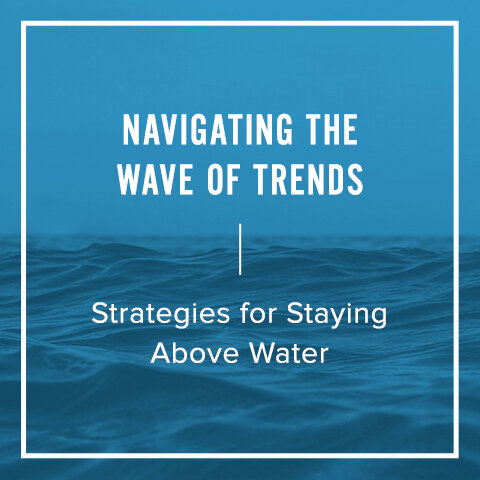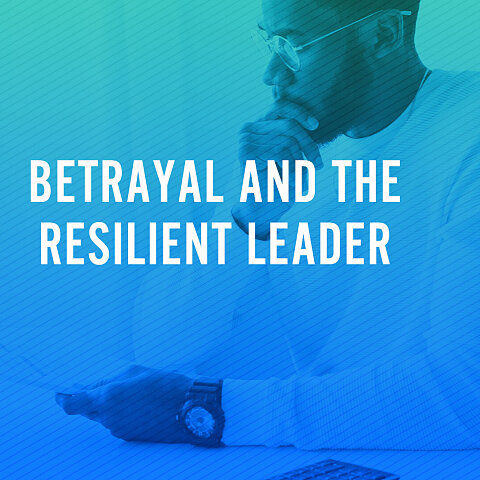5 Donor Strategies to Grow Your Funding.
By The A Group
Funding is at the heart of every organization, especially nonprofits and churches. Without money, there is not much you can accomplish.
Are you operating below your potential because of a lack of funds?
Understanding and creating a donor journey is one of the most essential task any nonprofit leader can do.
If we were to survey your current donors and ask them to rate how appreciated, acknowledged, and informed they are as a donor, would you get a 10 out of 10? It's easy to assume that your donors feel engaged or appreciated, and it's even easier to do the minimal amount of work to ensure you get a touchpoint here and there to say you did it. However, if you want your donors to engage and continue with loyal support for the long term, you have to kick it in gear and commit some time to the relationship.
Often, about 80% of your funding will come from about 20% of your donor base. For that reason, while gaining new donors is still essential, cultivating your current donors is equally (if not more) important. Here are five tips for developing lasting relationships with your active donors.
Determine if it's worth your time and resources in the first place.
Yes, there are donors out there who aren't worth your time and resources to continue engaging past their first gift. Every donor deserves a "thank you" and an acknowledgment of their gift, but it's also important to note that they don't always want a relationship with you.
Situations such as memorial gifts (gifts made in honor of someone), natural disaster relief, or fundraisers for a peer are good examples of donors who likely won't engage past that one gift. They essentially were supporting a fundraiser or personal relationship with their gift more than they were your organization as a whole.
If they fall outside of the "one-timer" camp, then consider them fair game to engage, engage, engage.
Engage your donors early.
This is not a drill. You can't wait until someone has donated 5 times (or up to a particular dollar amount) for you to engage them personally, acknowledge their gift, and get them on a track of staying informed through your communication. If a donor feels like they are appreciated even on a small, short-term scale, they are much more likely to stay engaged and continue supporting your cause in the long-term. Most large gifts come from people whose first gift was a small one. So don't discriminate on the amount.
Stop the "copy and paste" game.
We will always live in a world of mass emails (ugh). And your newsletters and occasional emails are ok to be templated and the same for every recipient. However, if you're using the good ol' copy and paste trick for a "thank you for your donation" message every time someone gives, the donor will sniff it out and quickly feel like a number.
It's important to find ways to personalize the email, note, or phone call. It will take more time, but it's worth every second it takes to show your gratitude and spark a personal relationship adequately. It's easier to stop giving to an organization when you don't have ties to an actual person.
Provide multiple opportunities for engagement.
Donors "engaging" can mean more than just "giving." And often, donors like to feel as though you're interested in more than just their wallets. Finding different ways to participate and engage in your cause will help them feel more invested and equally invested in.
Provide them with volunteer opportunities, invite them to vision events or trips to see your cause in action, or ask them to use their network to help spread the word.
Be transparent.
Give your donors the good, the bad and the ugly. Nonprofits who earned a GuideStar seal indicating transparency earned about 53% more in donations the next year–clear proof that people care about this piece!
Your donors know that you're going to make mistakes. Everyone does. And suppose they never hear some honest communication from leadership about a particular downfall, or hear some transparent dialogue about your needs. In that case, they will often wonder exactly where their dollars are going limiting their loyalty.
It's easy to be paralyzed by roadblocks like the lack of a good CRM or the absence of a development director. Decide today to start engaging your donors in a meaningful way, and you will see immediate results.
If you need help creating a donor journey contact us HERE to talk with a strategist.
